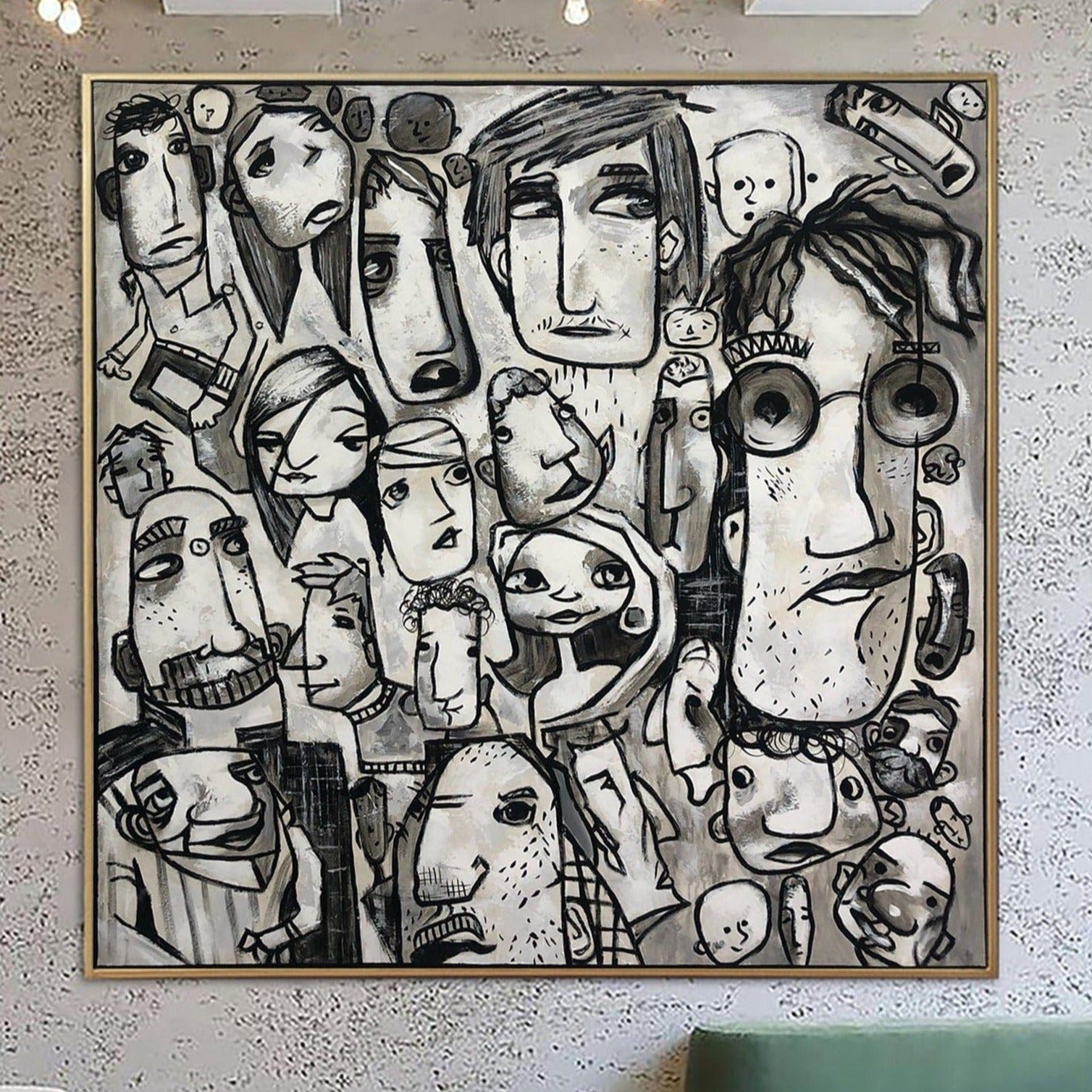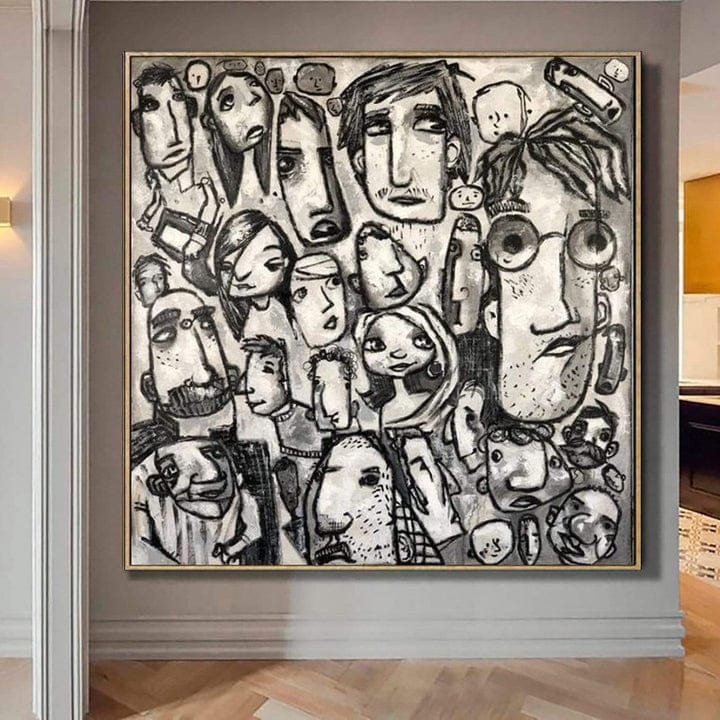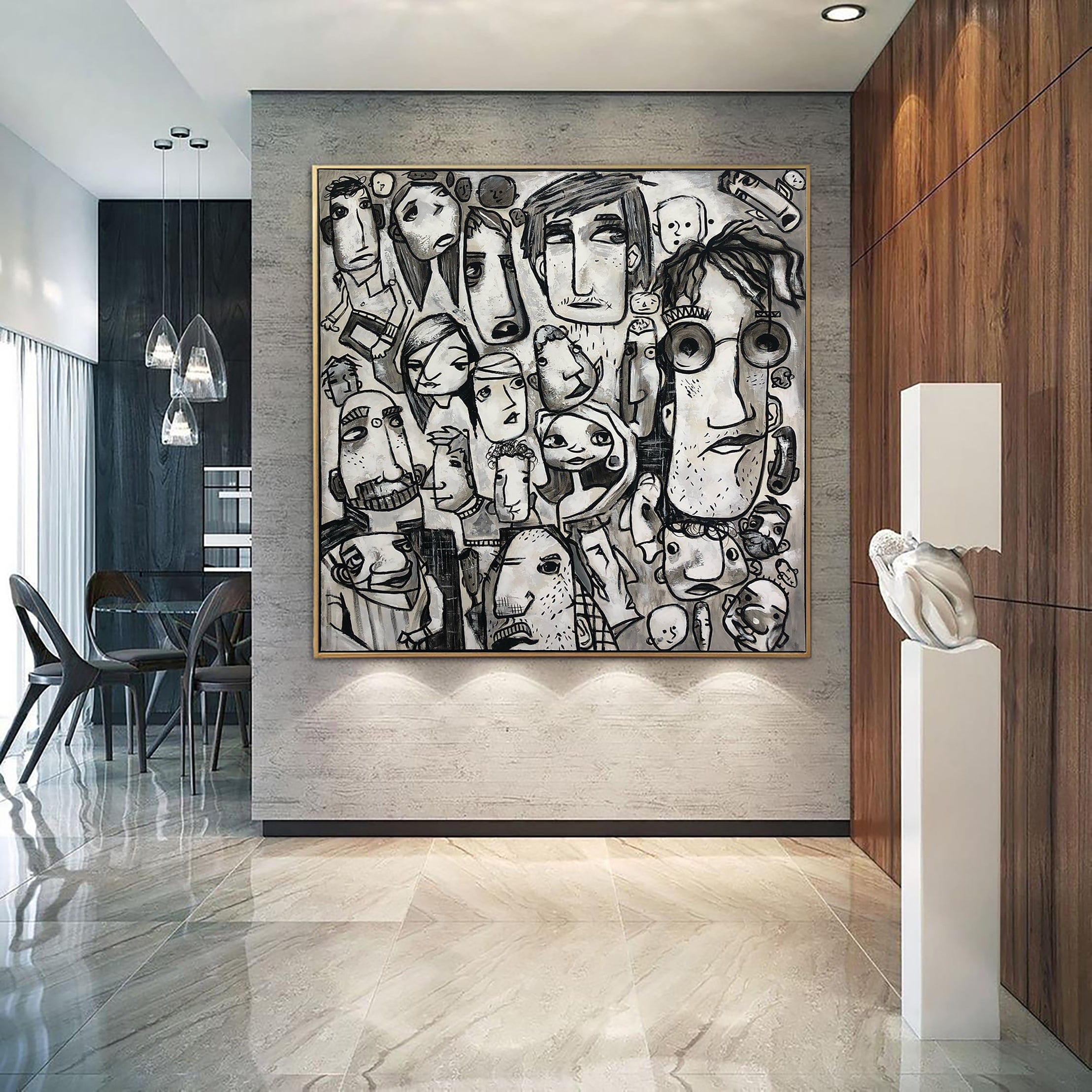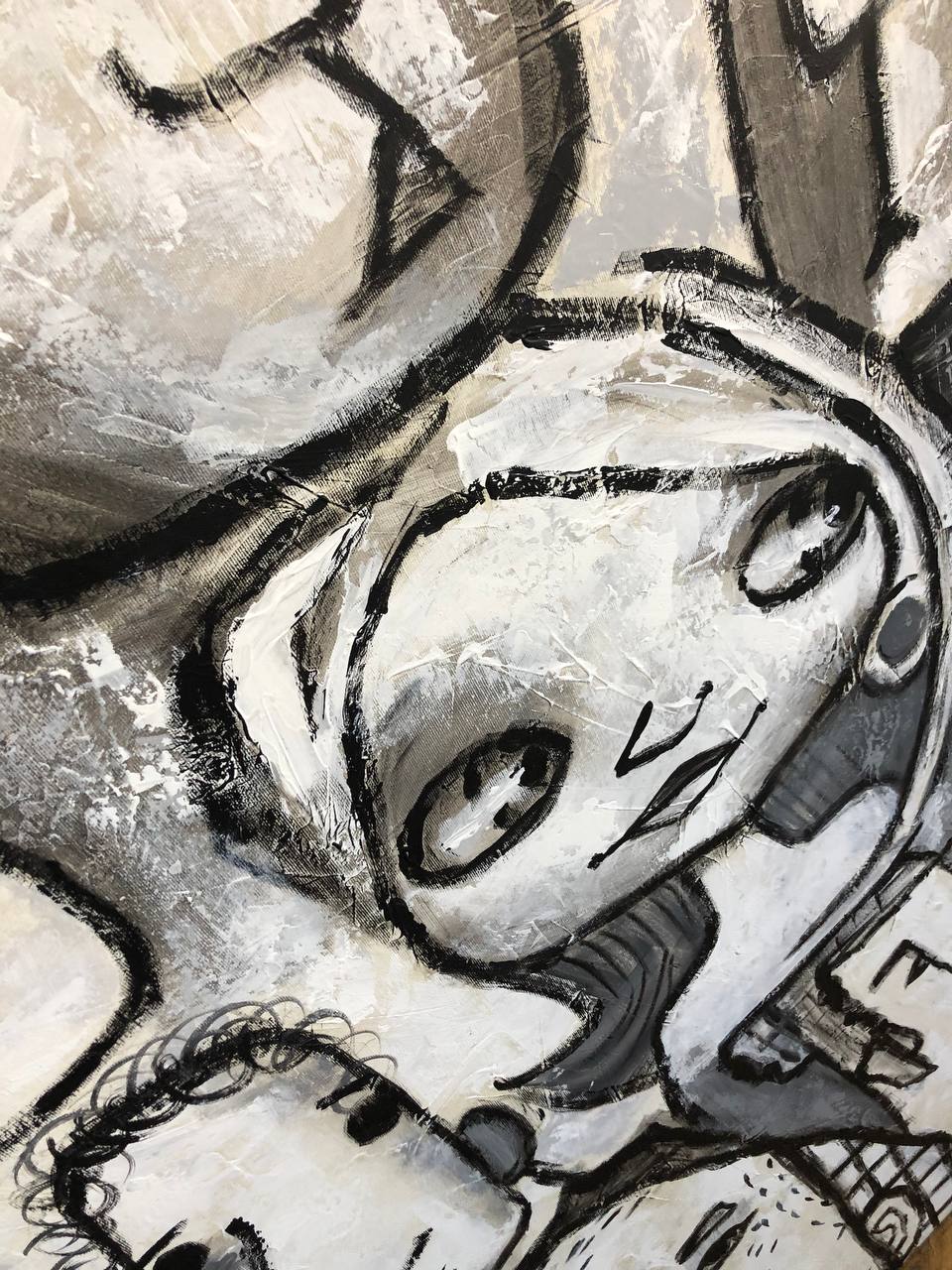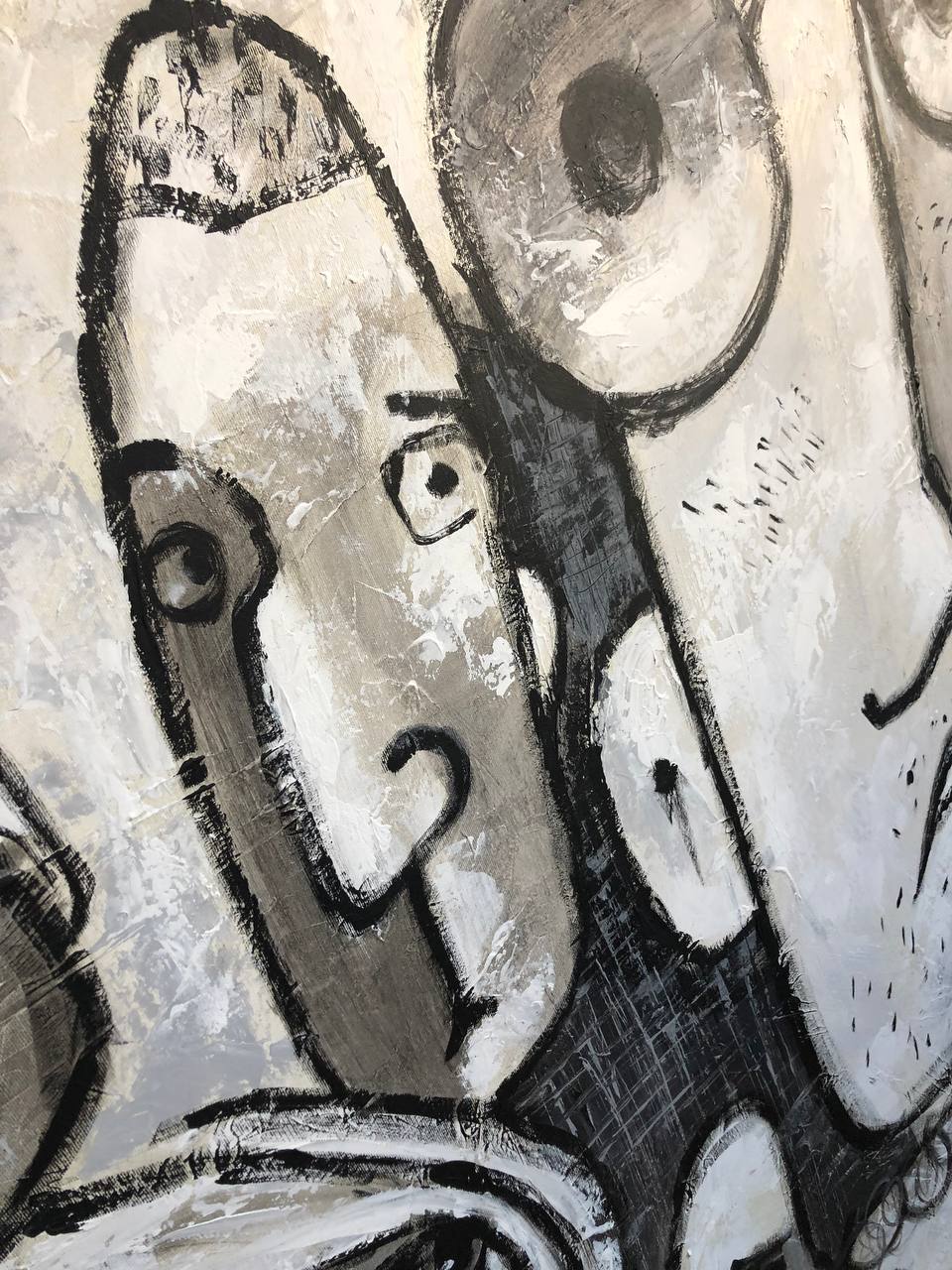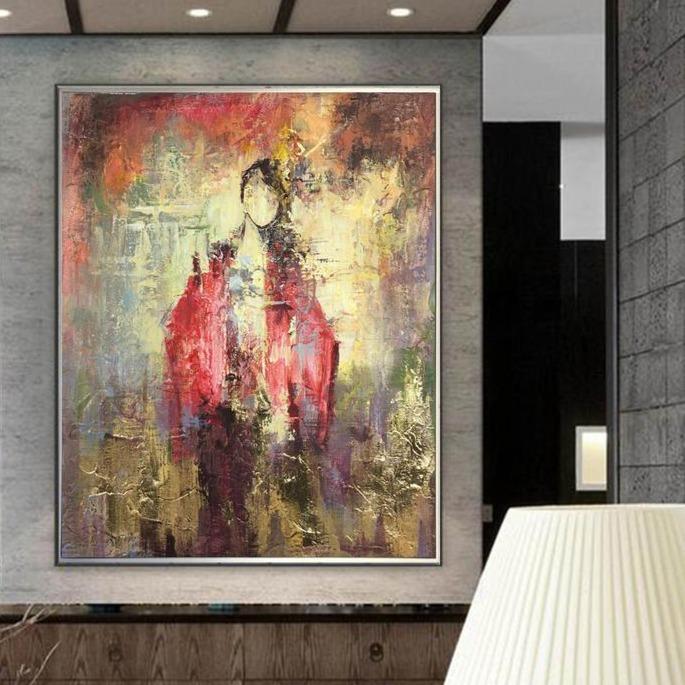Representational art refers to art which represents something, whether that be a tree in a landscape, apple in a still life, or figure in a portrait. Or in other words, it is art which is clearly identifiable as something which already exists in life.

Representational artwork aims to represent actual objects or subjects from reality. Subcategories under representational art include Realism, Impressionism, Idealism, Stylization. All of these forms of representationalism represent actual subjects from reality. Although some of these forms are taking steps toward abstraction, they still fall under the category of representation. Representational art is perhaps the oldest of the three types of art.
At the same time, representational art does not exclude elements of abstraction. Romantic styles, for example, often emphasize expressive brushwork, heightened color, or surreal details while still keeping recognizable forms. To see how this fusion comes alive, visit our romantic abstract paintings.
This term that generally refers to a painting that is clearly recognizable for what it claims to be. It references images such as a human form or a tree, and although these images may not always be portrayed as true to life in color or position, they are still recognizable to the viewer. Representational Art depicts any identifiable object or series of objects and their physical appearance in reality. It is also referred to as Figurative Art, being that it is derived from real object sources. Oftentimes, representational artists act as observers, and interpret what they see in their own way through their work.
Below are some examples of representational art created by the artists from TrendGallery Art:





















